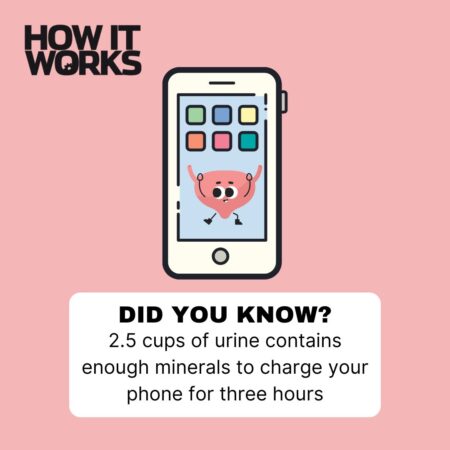Detecting life on Earth
by Ailsa Harvey · 01/10/2019
To find life on other planets we may need to study our own
Finding life on other worlds is one of the great endeavours of our time. We’ve
found dozens of planets beyond our Solar System that could support life, not to
mention the myriad of worlds that orbit our Sun. But how we detect life on one of these worlds has been a bit of a head-scratcher. Could Earth hold the key?
The problem stems from what to look for. In our own Solar System we can look at the surface and study the atmosphere and emissions from various enticing worlds. These include the moons Enceladus and Titan, and Mars of course, too.
But, we need to know what to look for. In 1990, the late astronomer Carl Sagan devised an experiment. As the Galileo spacecraft flew past Earth, to gain speed on its journey to Jupiter, it trained its instruments on our own planet. Sagan and his co-authors used this data to try and work out if they could detect life on Earth. The answer? Yes, with a pretty high degree of accuracy. They published their findings in a paper in 1993.

To confirm Sagan’s findings, they used a later flyby of the Moon in 1992. They used data from this flyby to confirm that the Moon indeed appeared lifeless. However, they ran into a problem with organic compounds called porphyrins, found in lunar soil. Although a possible biosignature, these were undoubtedly created by nothing to do with life at all.
This inspired a now famous doctrine for finding life known as the Sagan criteria. There were four different pieces of evidence that would need to be found together in order to say beyond reasonable doubt that life existed on a planet. For Earth, it was a no-brainer that life was abundant here.
Whether this same technique can one day be applied to other worlds remains to be seen, as we are only now refining our methods. But we will undoubtedly have Earth to thank if a discovery of life is made elsewhere.
This article was originally published in How It Works issue 102, written by Jonathan O’Callaghan
For more science and technology articles, pick up the latest copy of How It Works from all good retailers or from our website now. If you have a tablet or smartphone, you can also download the digital version onto your iOS or Android device. To make sure you never miss an issue of How It Works magazine, subscribe today!





